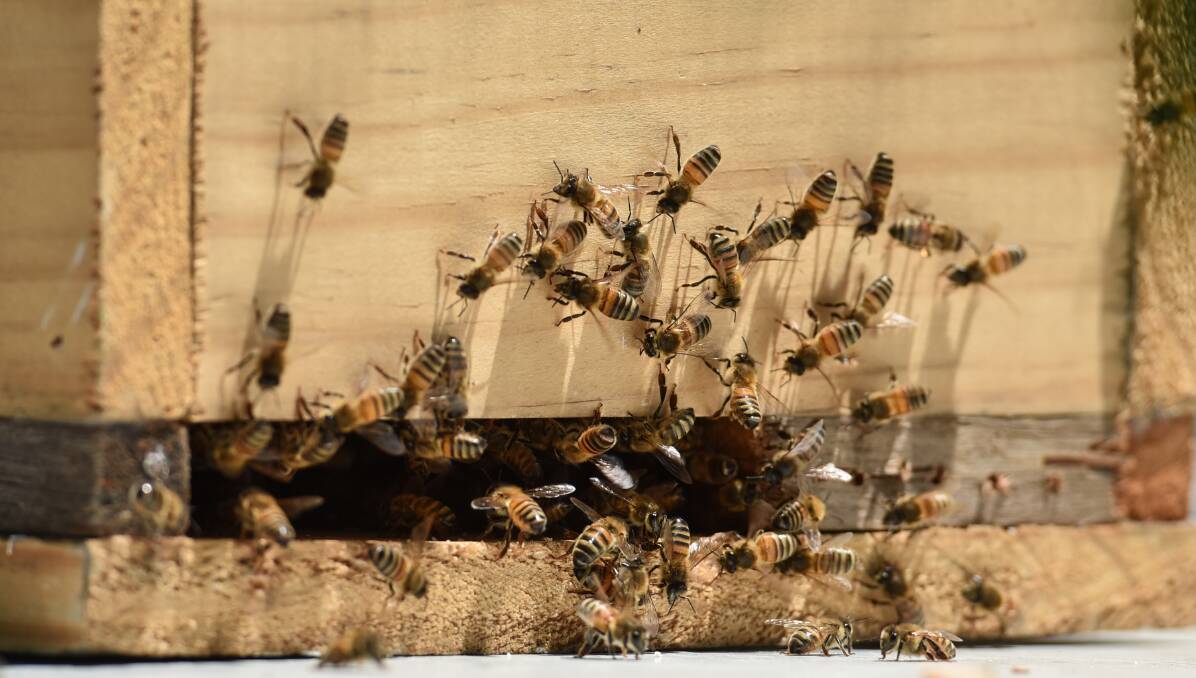
Honey is “dripping” from trees but cotton spraying is preventing beekeepers from tapping into the plentiful supply.
Subscribe now for unlimited access.
or signup to continue reading
Marlene Nelson has operated Nelson’s Honey in Boggabri for 50 years but said pesticide spraying is crippling their business.
“They [cotton growers] are wiping out our industry,” Mrs Nelson said. “We are hardly getting any honey.”
During one season in 2014 they lost nearly 70 hives and hundreds of thousands of bees. Mrs Nelson strongly suspected, though could not prove, the kill was caused by spray drift from cotton crops.
Current production is only 10 per cent on previous years despite some trees “loaded with honey”.
A new mobile app called BeeConnected aims to facilitate better communication between cotton growers and beekeepers. Users registered on BeeConnected are alerted when beekeeping or crop protection activities are logged within a 10 kilometre radius.
Cotton Australia chief executive Adam Kay said the app helped protect both sides of the fence.
“Two-way communication between neighbouring primary producers is key to respecting their ability to earn a decent income from their operation,” Mr Kay said.
But Mrs Nelson felt the damage was done. “It’s nearly too late for us,” she said.
Avoiding all areas potentially impacted by pesticide was the only way to limit bee kills, but during peak spraying period between December and February, that rules out prime honey collection opportunities.
“Bees need somewhere where they can feed,” she said. “The areas we can go during summer are very limited. It’s getting harder and harder because there’s more cotton going in.
“When we started beekeeping, we didn’t have cotton. We had bees on our doorstep. But we are feeding our bees at the moment just to keep them alive.”
NSW Apiarists Association vice president Casey Cooper, the state’s peak body for commercial beekeepers, said the app was not off to a great start since its 2015 release.
“It hasn’t got traction really well,” Mr Cooper said. “Some users like it, some don’t.”

